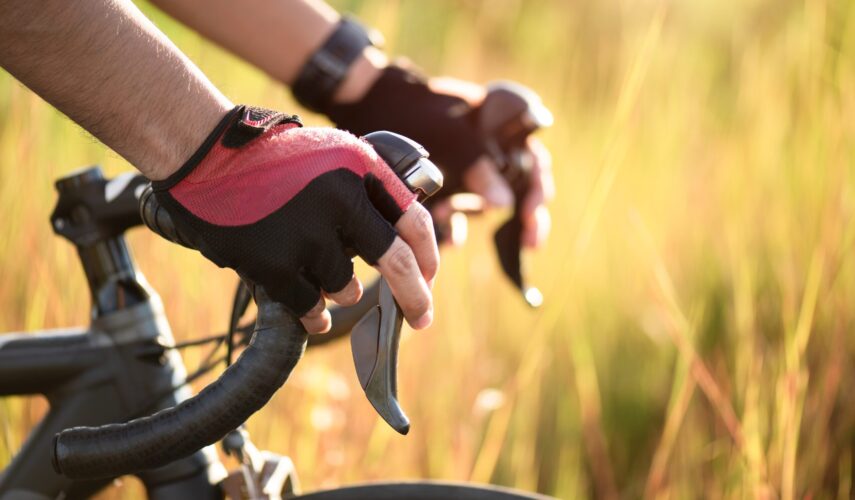Is your bike not running properly? Maybe it’s a poorly set-up headset, not only is this annoying for a rider but it can also be very dangerous. At Aire Velo Bearings, we take a look at how to readjust your headset, making sure it’s back in proper working condition.
There are a range of headset designs available however with this in mind, they are still just known for being a pair of bearings that will sit between the frame and the fork. When it comes to supporting both the top and bottom of the headtube, the headset will turn correctly and independently with the rest of the bike.
Whatever types of bearings you use, eventually they will always wear out, stiffness or unwanted wobbling can be solved with just a few simple adjustments.
- Firstly you should loosen the stem, if your headset seems too tight or too wobbly, first you’ll need to loosen the stem and this will get the assembly moving. In order to do this, undo the bolts on the side of the stem and this will permit it to run independently of the fork.
- You can also use an allen key to help loosen the bolt, this will also release the pressure on the bearings, you can check that the top cap is pressing against the top of the stem and not the end of the fork steerer tube. Next you will need to retighten the top cap, you can do this by using a small amount of force.
- When it comes to headset bearing testing, you can hold the front brake on, then place your hand behind the stem, rock the bike back and forth and if you feel or hear and knock in the head tube, you will need to increase the tension on the top cap.
- The swing test involves lifting the bike so that the front wheel is off the ground, you can then get it to swing from side to side. Next check that it is moving freely, if it doesn’t, go back to the previous step and loosen the top cap. If you feel grittiness this usually means that the internal bearing will need replacing.
- If the wheel swings freely with no unwanted movement, then you’re sorted, make sure that your bars are aligned correctly with the front wheel and then tighten the bolts on either side of the stem. You will also need to be careful to not over tighten the carbon fork, as this can cause damage to the bike.
- If you can’t get the fork to turn smoothly without the headset rattling or rocking, make sure that you check the bearings. In order to do this, pull the fork out of the bike and then take the bearings from their cups, next roll them between your fingers, if they feel smooth that’s good, if they don’t, they need replacing. The older the loose bearing style headset, look for balls that are shiny. If the surfaces of the balls are dull or pitted, this means that it’s time to replace the headset, this means that it will need a refresh, a clean and greasing.


